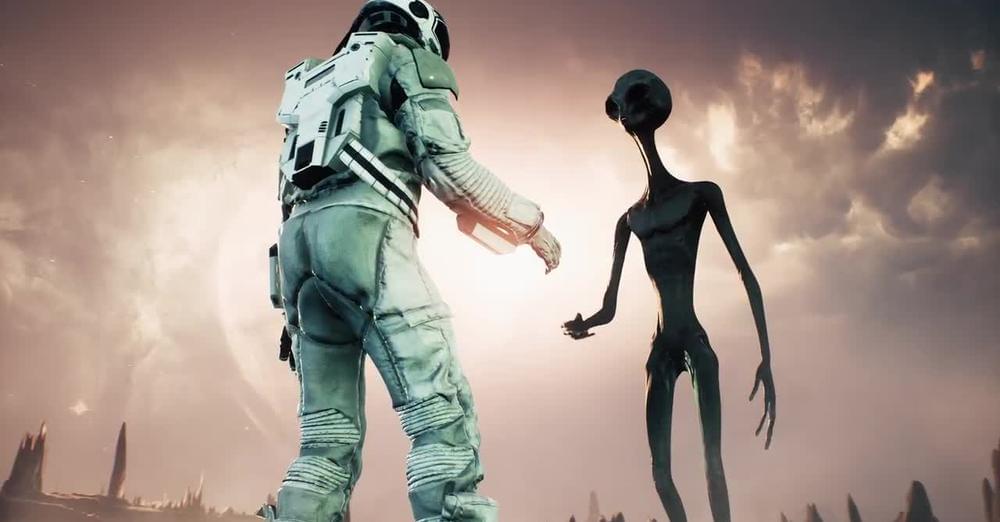As of Jan. 8, 2022, NASA’s (Washington D.C., U.S.) James Webb Space Telescope (JWST) team fully deployed its 21-foot, gold-coated primary mirror, successfully completing the final stage of all major spacecraft deployments (including the 70-foot sunshield) since its Dec. 25 launch, to prepare for science operations. The telescope makes ample use of composite materials.
A joint effort with the European Space Agency (ESA) and Canadian Space Agency (CSA), the Webb mission will explore every phase of cosmic history, from within our solar system to the most distant observable galaxies in the early universe.
“NASA [has] achieved another engineering milestone decades in the making. While the journey is not complete, I join the Webb team in breathing a little easier and imagining the future breakthroughs bound to inspire the world,” says NASA Administrator Bill Nelson. “The James Webb Space Telescope is an unprecedented mission that is on the precipice of seeing the light from the first galaxies and discovering the mysteries of our universe. Each feat already achieved and future accomplishment is a testament to the thousands of innovators who poured their life’s passion into this mission.”





